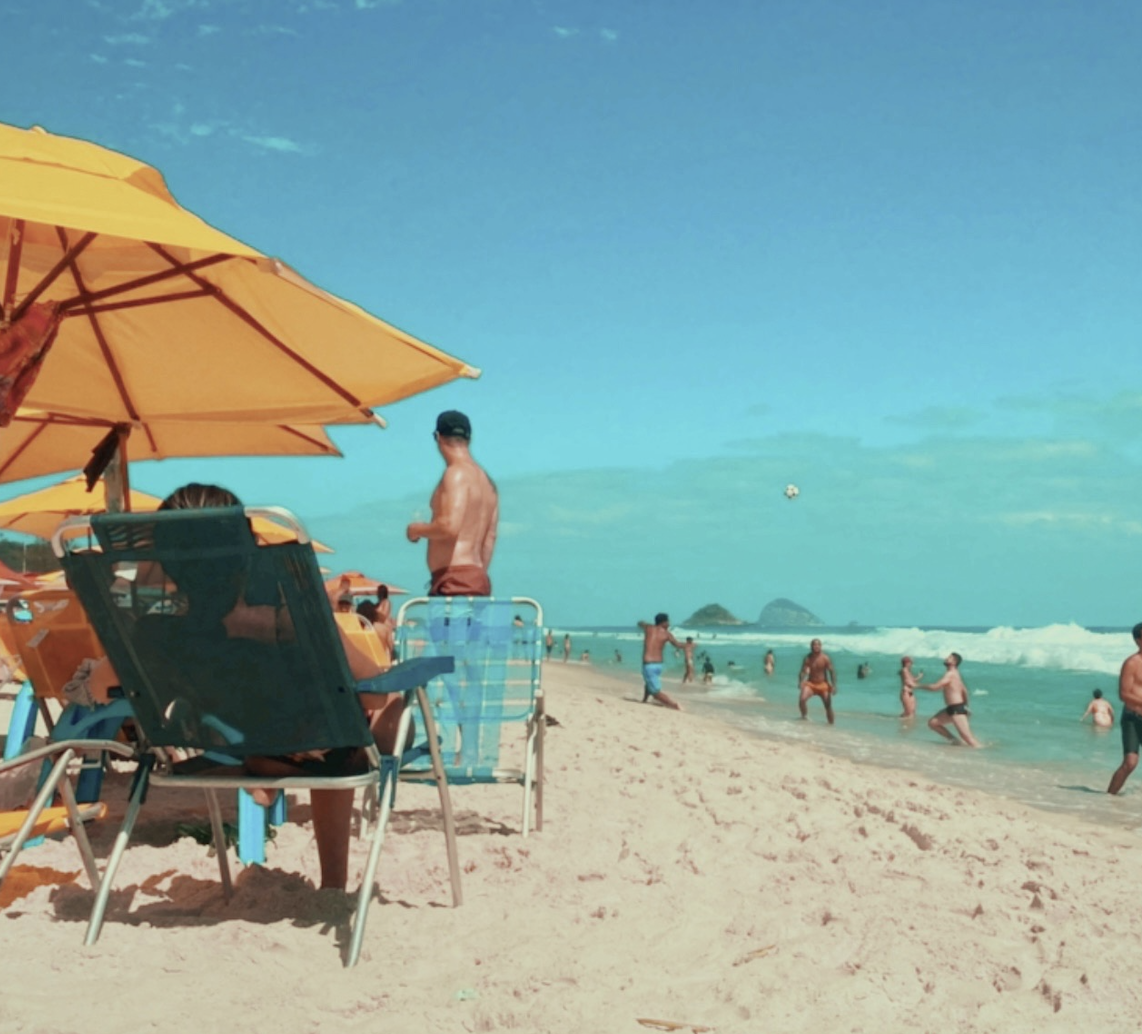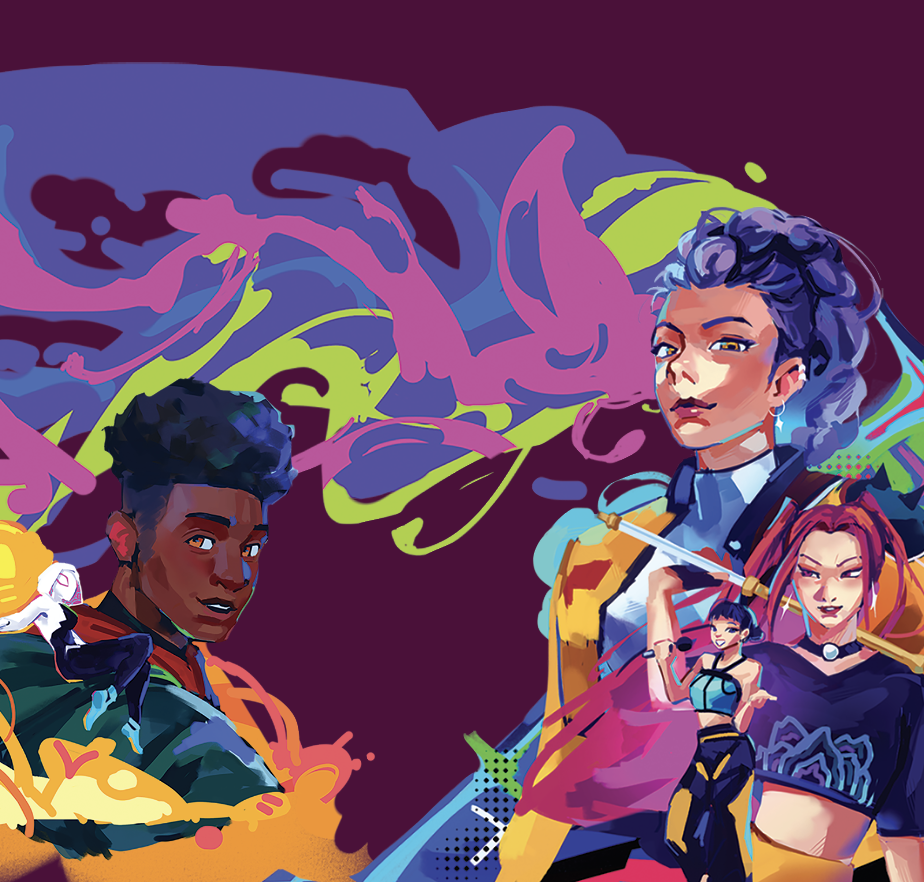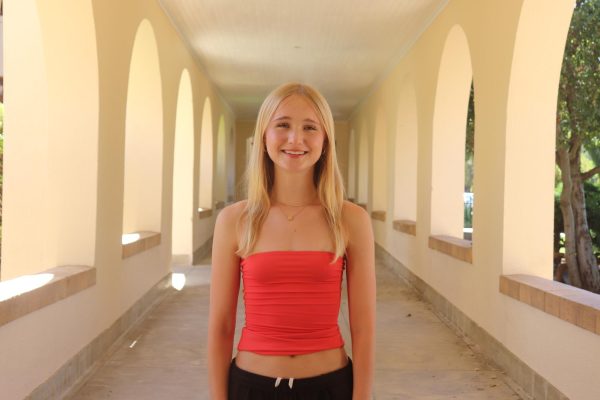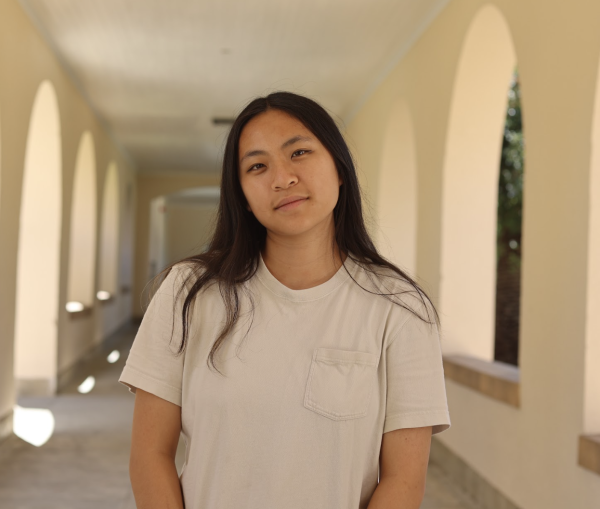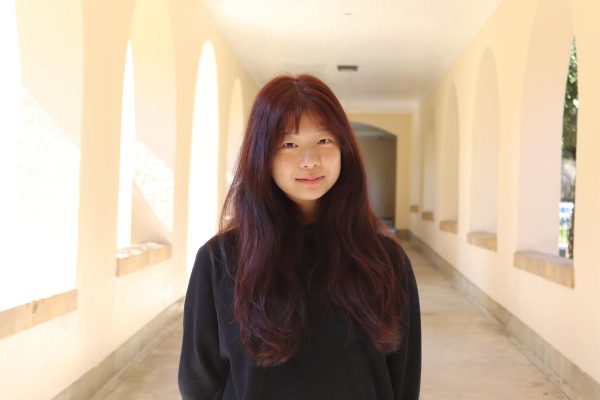Ana Castilho — Brazil
Brazil — a lively, tropical expanse of land — is a diverse country full of vibrancy. Paly senior Ana Castilho, a native of Rio de Janeiro, moved to the United States just last year. One of the first cultural differences she noticed was how dining experiences are approached in the two countries.
“In America, they [restaurants] want you to get in, eat and get out as fast as you can so someone else can get in,” Castilho said. “You feel hurried, sometimes, to leave the restaurant.”
This rushed dining culture stood in stark contrast to what Castilho was used to. In Brazil, going to a restaurant was more than just a meal — it was a social experience.
“[In Brazil] I would go to a restaurant with my friends one hour before it closed, and sometimes a bit after it closed,” Castilho said. “The waitresses would sit down and talk to us. … They’re not going to close the restaurant until you’re finished.”
Another change for Castillo was the differences in party culture across the two nations. For her, the long gatherings in Brazil were not just about music and dancing; instead, they reflected a culture deeply rooted in social connection and celebration.
“When you go to [American] parties, they don’t last too long, and they always end before midnight,” Castilho said. “The parties I used to go to [in Brazil] started at 11 p.m. and ended at 6 a.m. … [Sometimes] parties would end at 8 a.m., and you would eat breakfast at the party.”
Though Palo Alto has many positives, Castilho still misses the social scene of her homeland. She finds that in Brazil, the friendliness of the people makes even the most formal occasions feel casual yet memorable.
“People are very warm, and [in] Rio specifically, they’re very animated,” Casthillo said. “You could talk to strangers, and you would have fun. When I was walking through the street, there was always a barbecue happening in the middle of the street, or food places playing some music and people dancing. … You would make friends everywhere.”
Eliza Stokstik — Australia
Though senior Eliza Stokstik was born in the United States, she spent four years living in Tasmania, Australia — a place that has left a lasting impression on her.
Australia is a place known for its variety of — and occasionally dangerous — wildlife. With the rise of social media, there has been an influx of videos in which users post their encounters with unique wildlife. But Stokstik believes that many of the fears surrounding Australian animals are exaggerated.
“The [Australian] wildlife is fairly friendly,” Stokstik said. “The only thing that’s going to kill you is if you go straight into the Outback [Australian wilderness] bushes. … Then, wildlife will come after you.”
In fact, her experience growing up around nature involved a surprisingly peaceful coexistence with animals, sometimes in the most unexpected of places.
“We had this one spider in our bathroom,” Stokstik said. “He was big, fully black and probably poisonous, but he just lived in the top corner of our bathroom.”
Despite the often dangerous wildlife inhabiting them, Australia’s natural landscapes have not only shaped Stokstik’s perspective on the importance of nature but also inspired her future ambitions. Stokstik’s passion for nature, the ocean and the animals within has bled over into an interest in a related career: marine biology.
“This is something that has impacted me so much that it makes me want to preserve wildlife and ocean life in the future, which is why I’m going to be pursuing marine biology in college next year,” Stokstik said.
Beyond the wildlife she’s seen, Stokstik has also experienced a contrast in social interactions between Tasmania and America.
“One of the good things about Tasmania, where I lived, is it’s such a small island that you know everybody in the town,” Stokstik said. “You walk past somebody on the street, and they actually look at and smile at you. When I’m walking or scootering to school [in America], and I smile at people on the sidewalk because I’m greeting them, they ignore me or just look away.”
Now living in the heart of the Bay Area, Stokstik finds herself missing the deep connection she once had with the natural world.
“Silicon Valley is so tech savvy and really modern,” Stokstik said. “[In Australia], there’s a lot more greenery and nature which I miss walking past. Something I would definitely bring here is a bit more of that [Australian] environment.”
Marcus Ling — Hong Kong
Senior Marcus Ling grew up in the towering metropolis of Hong Kong, a place he remembers for its fast-paced, energetic atmosphere.
“It [Hong Kong] is very different from Palo Alto, because [Palo Alto] is a suburb, and the vibes are just completely different,” Ling said. “In Hong Kong everything’s so fast. … A lot of Hong Kong is pretty noisy, with a lot of people [and] a lot of stuff happening at the same time.”
For Ling, the appeal of Hong Kong isn’t only due to the atmosphere but also the identity and energy of the country.
“I miss being in the city,” Ling said. “It is so boring in Palo Alto because everything’s a big square and there is nowhere to go. When people say, ‘I know a spot [in Palo Alto],’ it’s just a piece of grass. In Hong Kong, the city actually had an identity.”
Part of Hong Kong’s identity is shaped by the city’s unique infrastructure and dense layout. Unlike Palo Alto’s more spacious, suburban sprawl, Hong Kong’s limited land and soaring cost of living have created drastically different housing conditions, Ling said.
“The cost of living is so high in Hong Kong, because of the government’s misuse of land, that people have to often live in ‘cage homes,’” Ling said. “A cage home is basically where you’re confined to a living space the size of a bunk bed. … You don’t see that in Palo Alto, but you see that in Hong Kong a lot.”
Despite these challenges, Ling continues to celebrate the cultural richness of his hometown, often observing traditions and celebrations that shaped his upbringing.
“Hong Kong has particular traditions that are different from China, like Dragon Boat Racing, that I would watch,” Ling said. “Then, you also have Chinese New Year, where I would be with my extended family. Normally, my family is not at the same place at the same time, but during Chinese new year, we’re all together.”
Sonya Vishnyakova — Russia
Senior Sonya Vishnyakova, a native of Moscow Russia not only misses the scenic views of her hometown but the deep sense of connection she once had with her surroundings.
“[In Europe], when you walk on the street, you feel connected to the country [and] to the history,” Vishnyakova said. “Here [in America], I just don’t feel the sense of time, because … it feels shallow.”
Beyond the atmosphere of the places she loves, Vishnyakova has always been drawn to Russia’s arts and culture; primarily, she’s been fascinated by its world-renowned painters, composers and musicians. Having grown up attending art school and music school, she says these cultural experiences were central to her adolescence.
“I love art and music, so I was fortunate enough to visit many museums and concerts,” Vishnyakova said. “I really enjoyed that part of my upbringing, but I noticed that it isn’t a universal experience for all Russians. [It was] only for those who are part of those specific cultural circles.”
Along with her love of Russian arts and culture, Vishnyakova has also appreciated Russia’s rich cultural diversity as another one of its most defining qualities. Growing up, she noticed how every Russian region has its own personality shaped by different histories, traditions and communities.
“If I say I’m from Moscow versus St. Petersburg, it means something,” Vishnyakova said. “They’re very different places, and that’s because Russia is so vast. It’s a fusion of many different republics, like different countries mixed into one. … I really enjoy that.”


